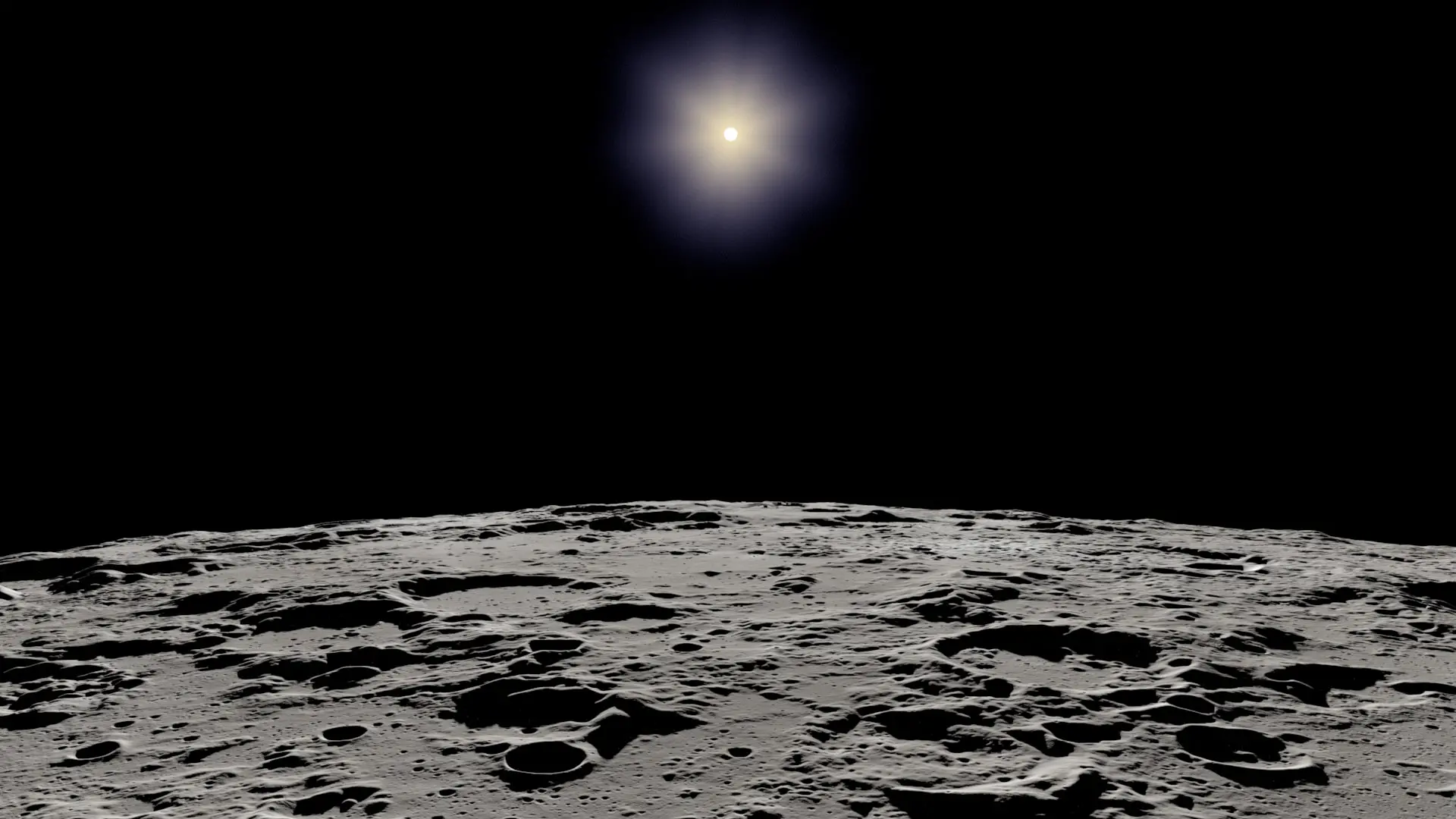A nice burn got me thinking about the sun. It seems simple, big flaming ball at the center of the solar system. We see it every day, no big deal. Looking a little deeper, it's not burning fuel as most would assume but that it is Nuclear Fusion of hydrogen and helium.
A few years back, someone who claimed to work with NASA told me that there is no visible light from the sun, that its radiation that interacts with our atmosphere. He said that from space you can't see the sun at all. Black, like the photos you see from space missions, nothing in the background. There was some beer involved, I didn't believe it.
Any Heliophysicists in here?
-link to national geographic short video on the sun, on youtube.
A few years back, someone who claimed to work with NASA told me that there is no visible light from the sun, that its radiation that interacts with our atmosphere. He said that from space you can't see the sun at all. Black, like the photos you see from space missions, nothing in the background. There was some beer involved, I didn't believe it.
Any Heliophysicists in here?
-link to national geographic short video on the sun, on youtube.



